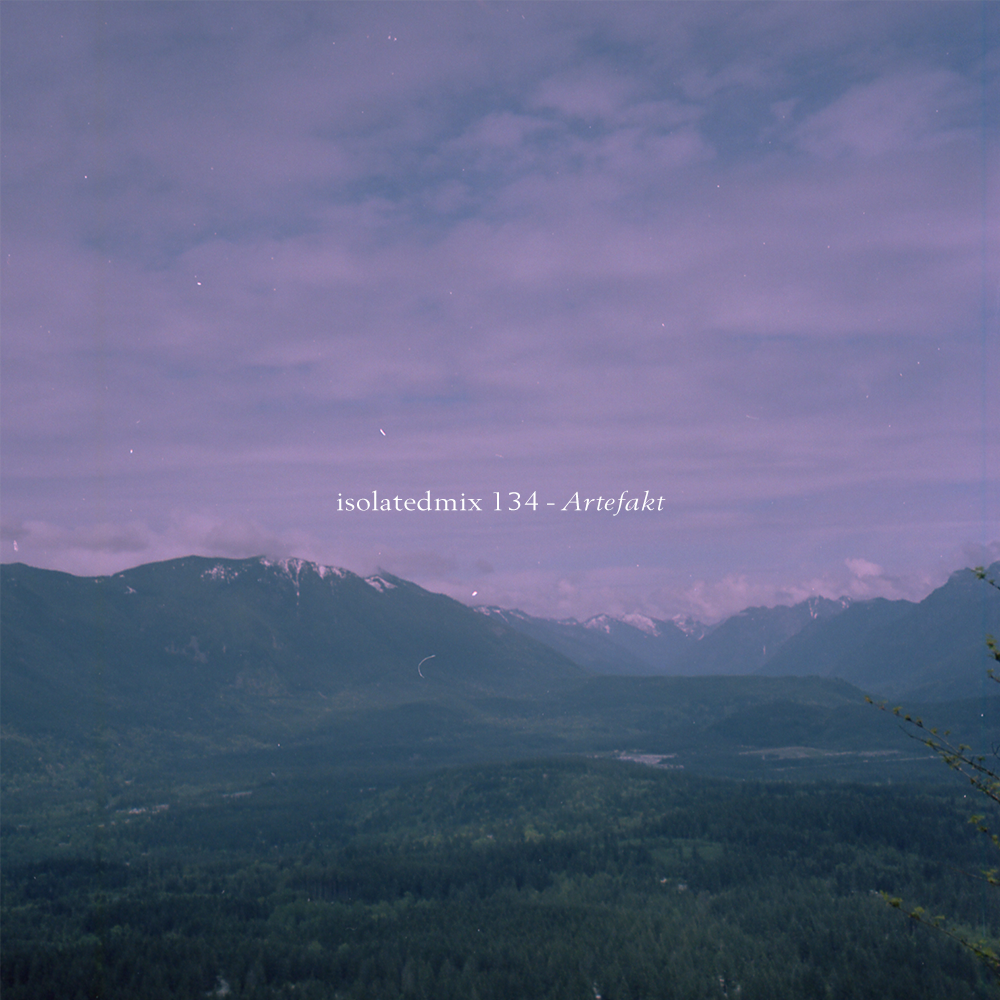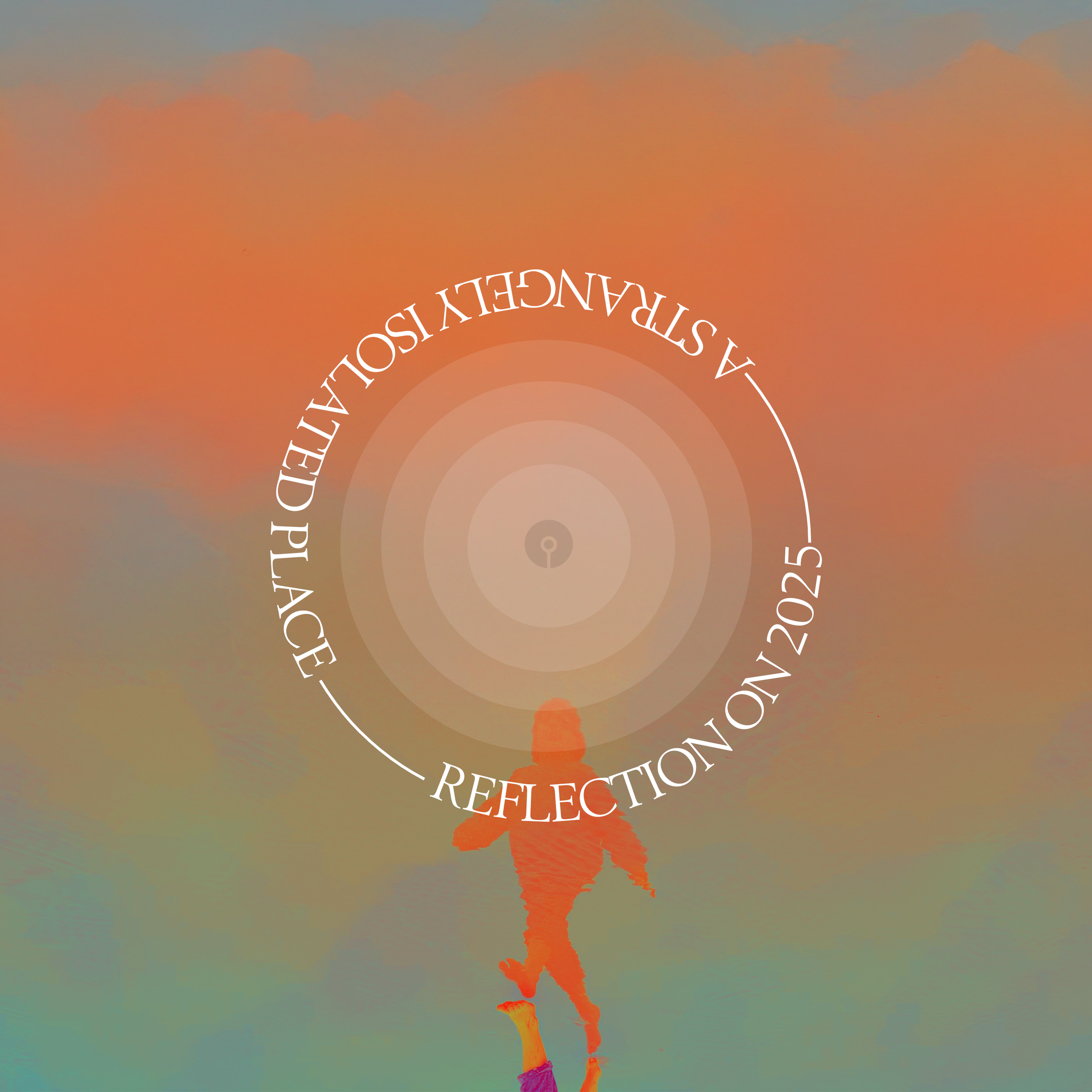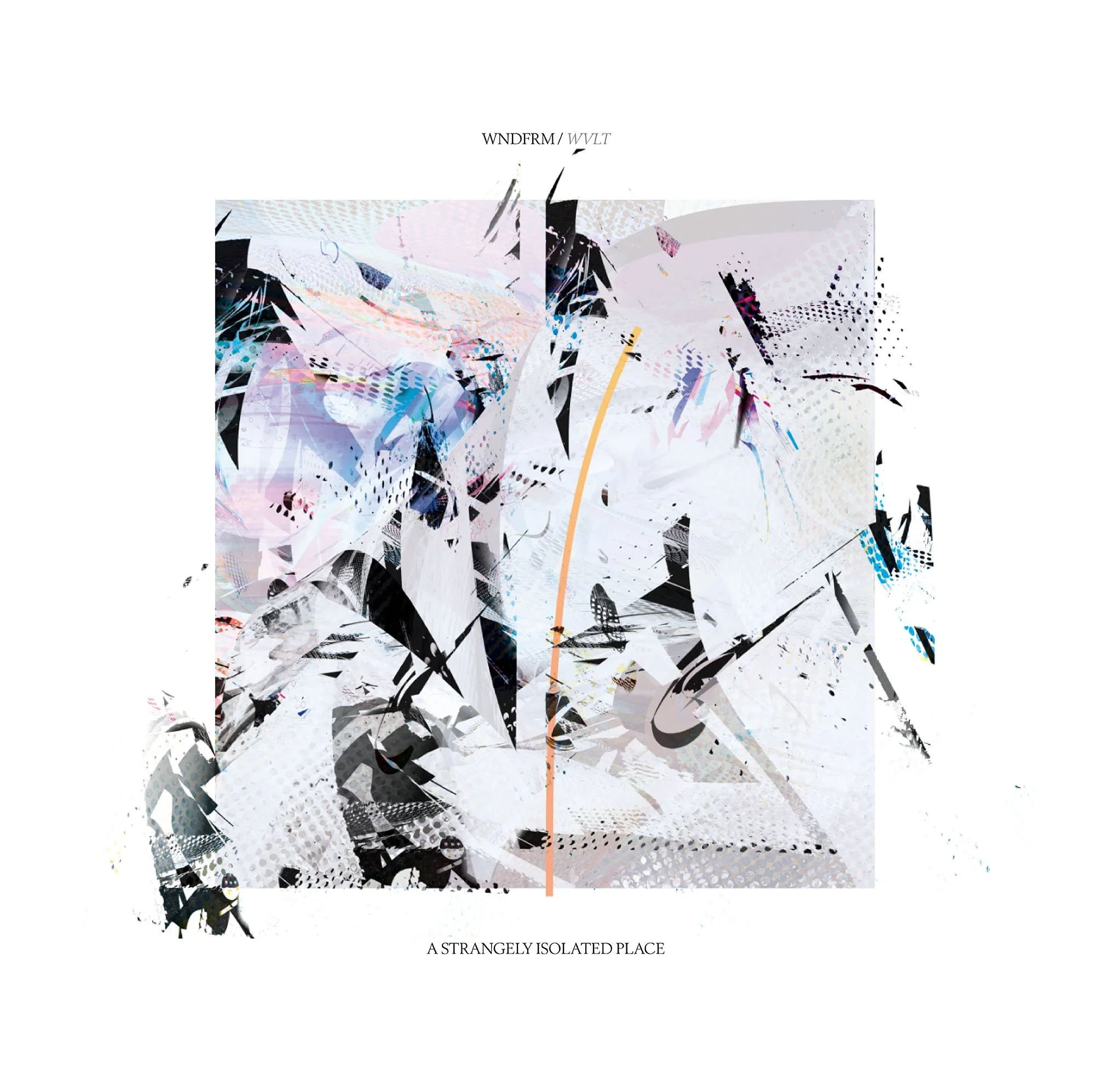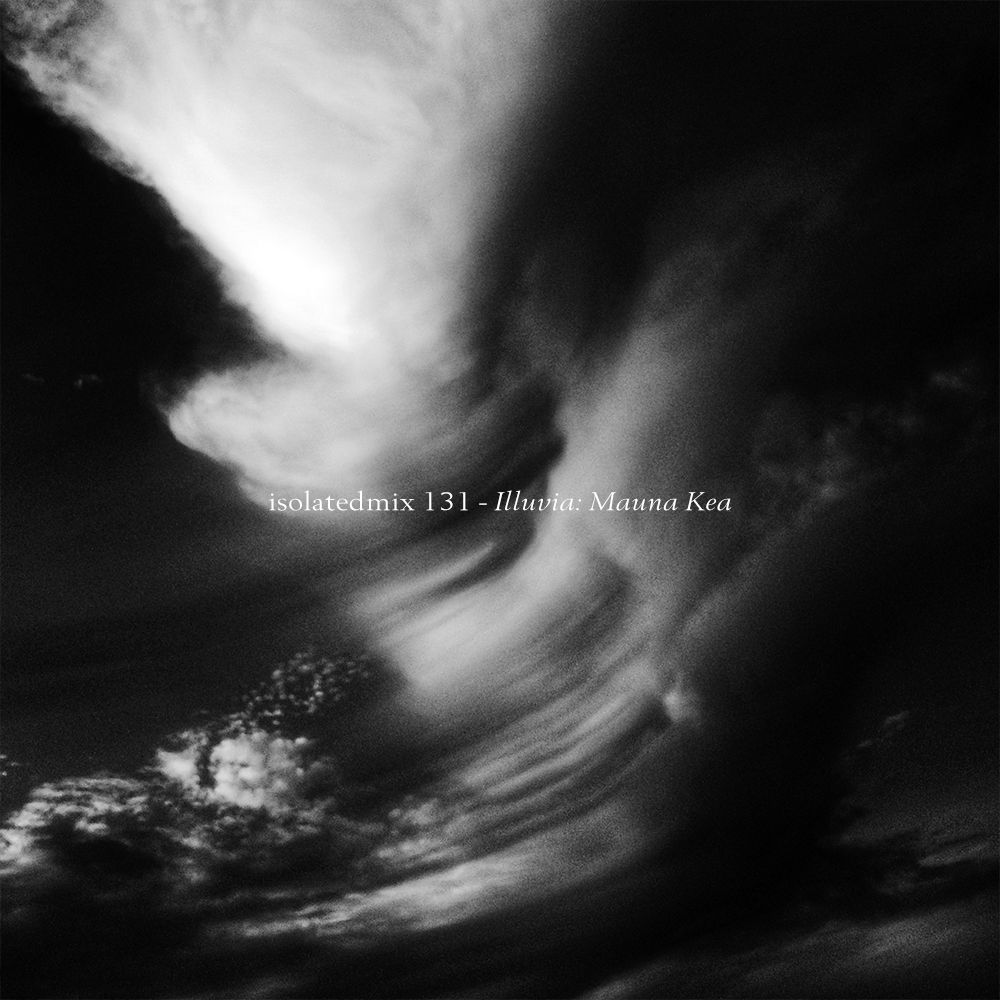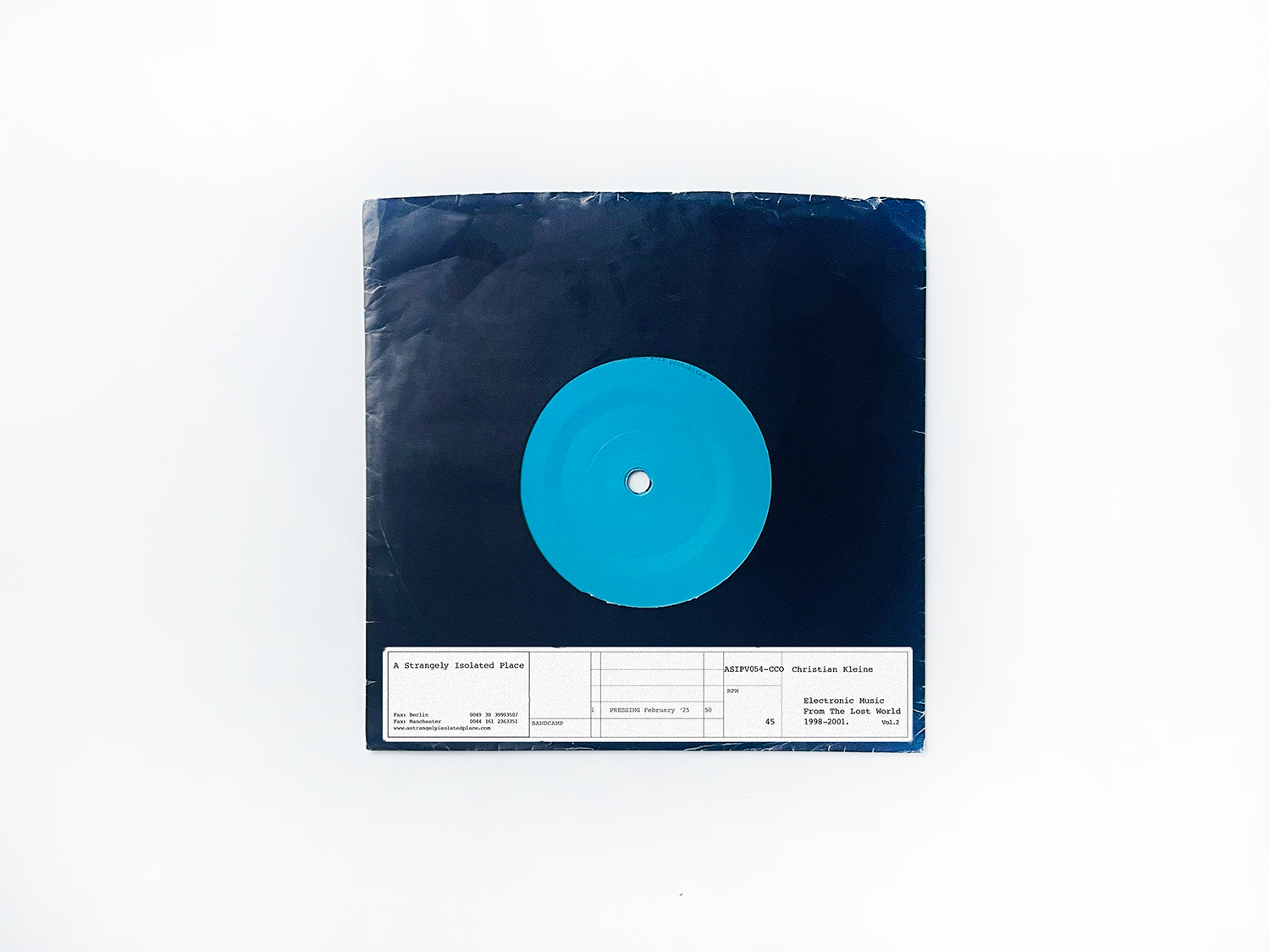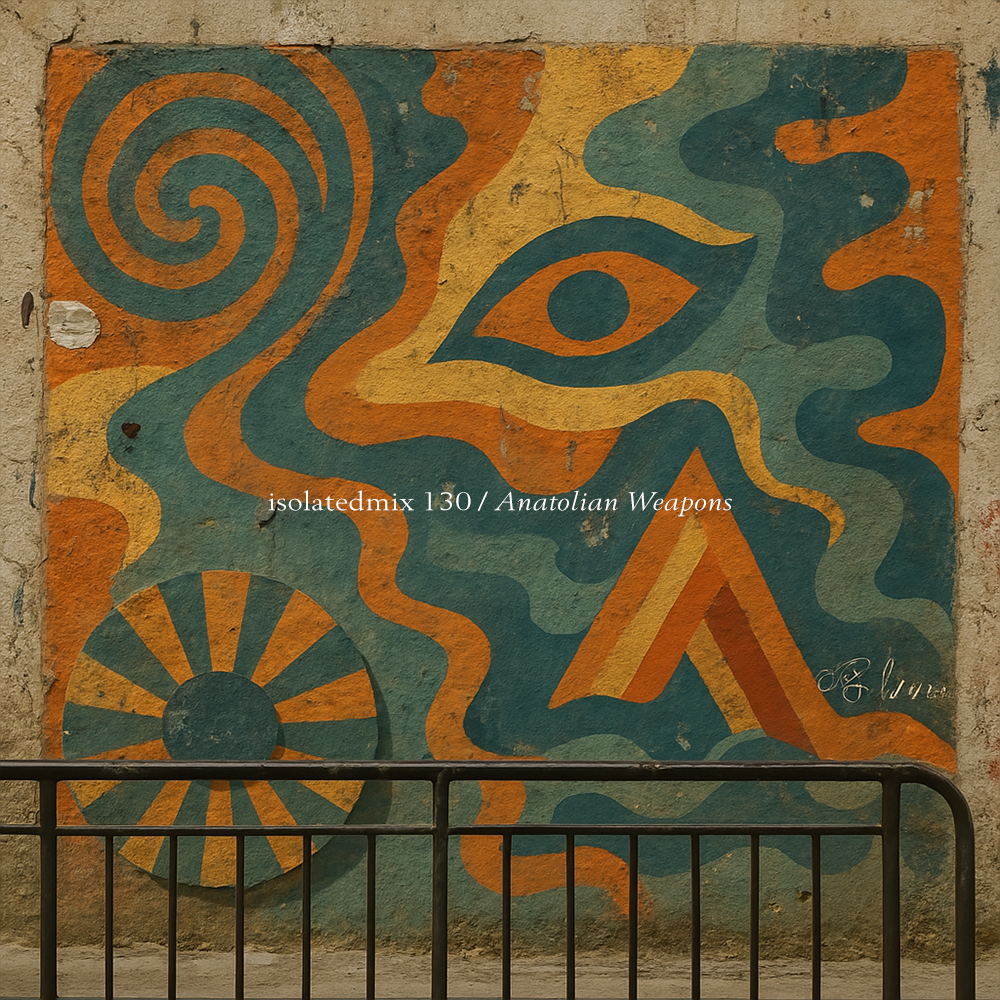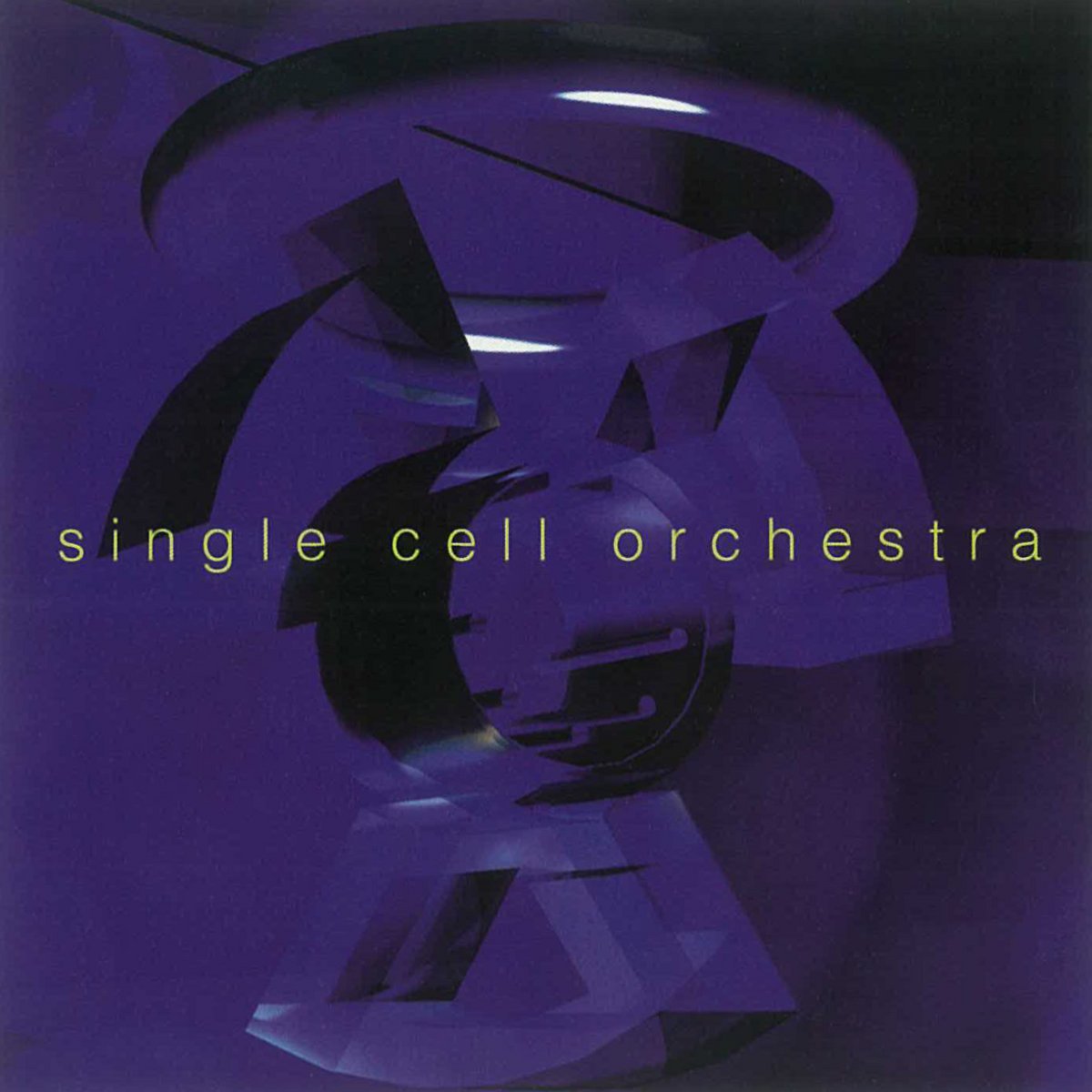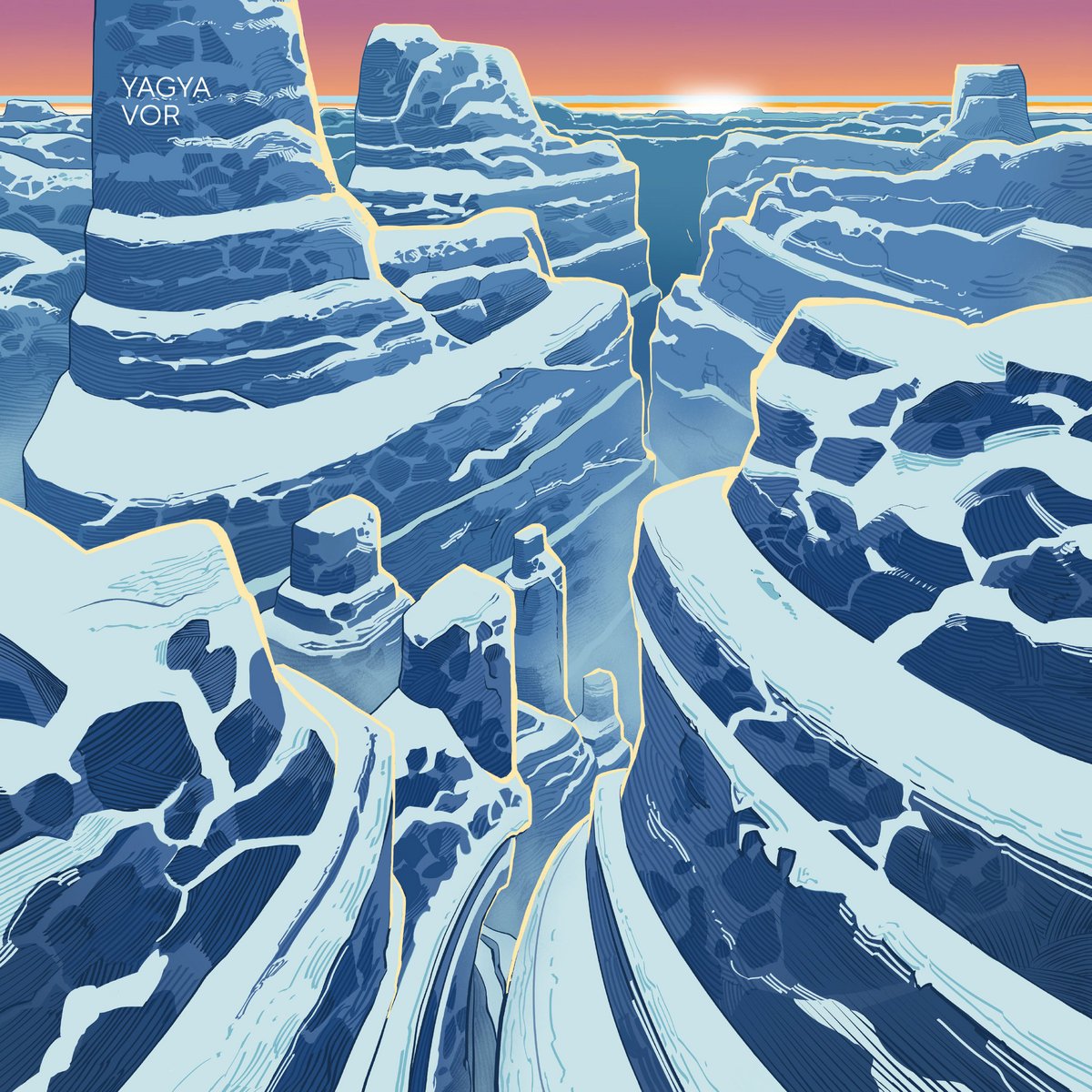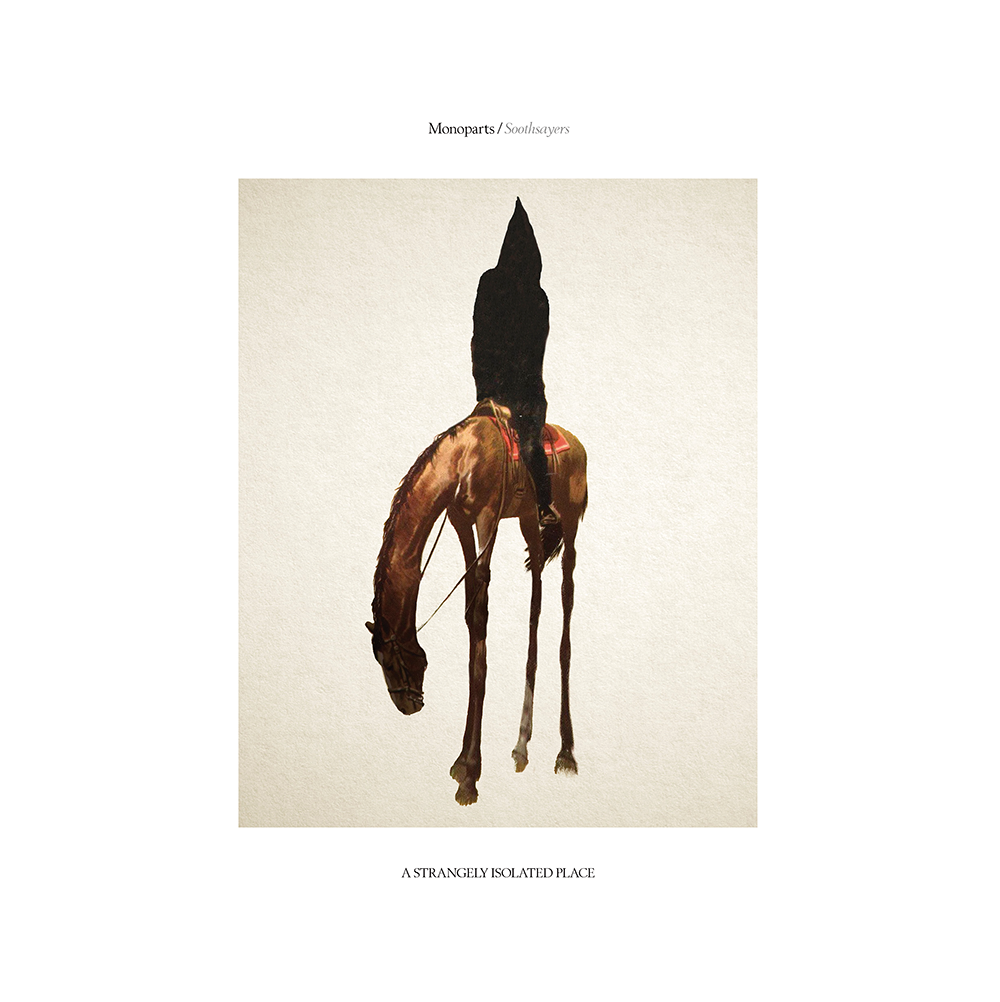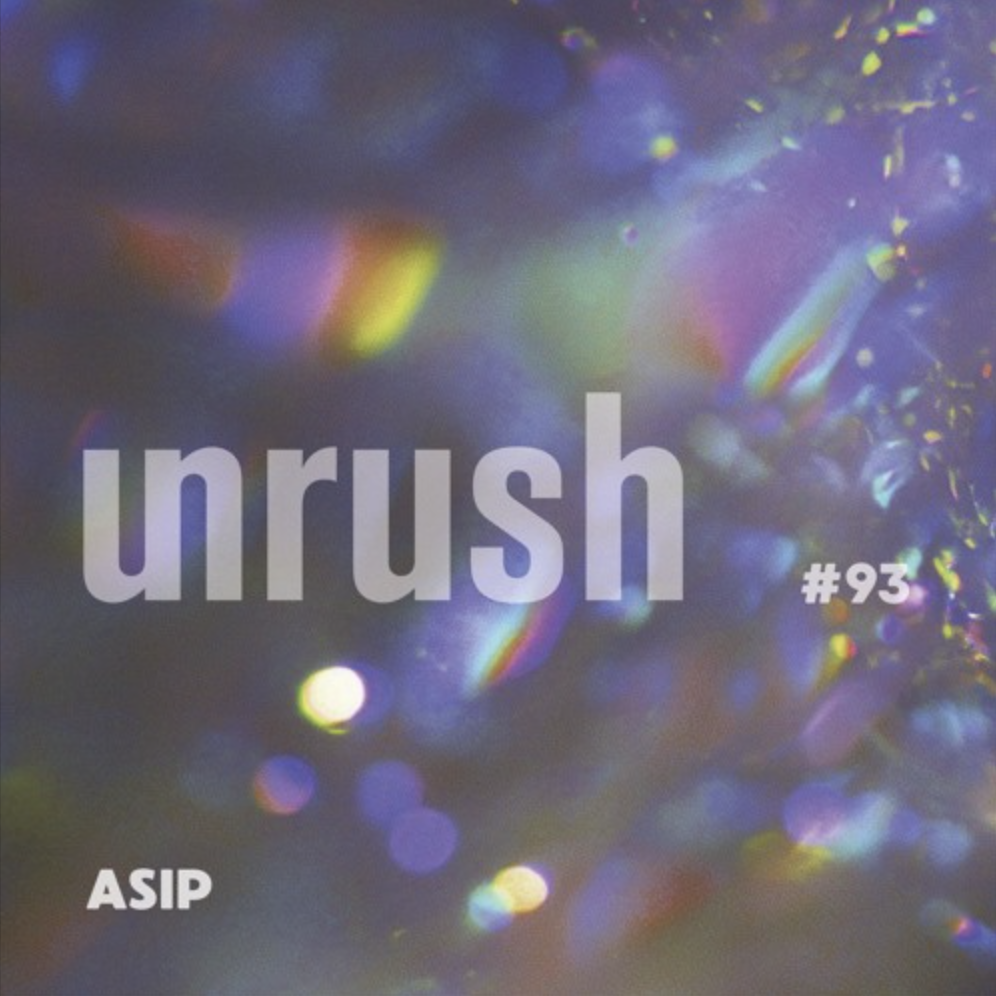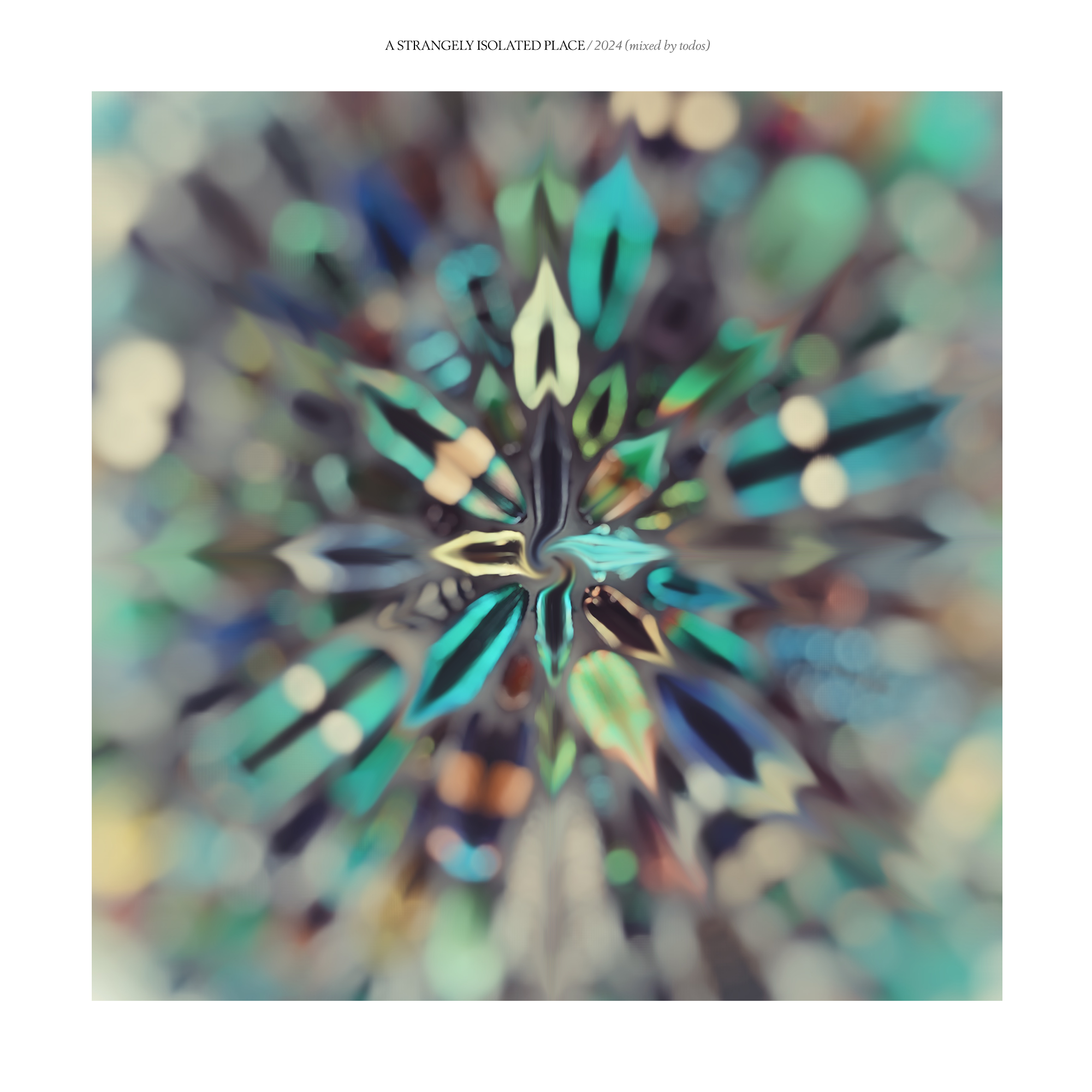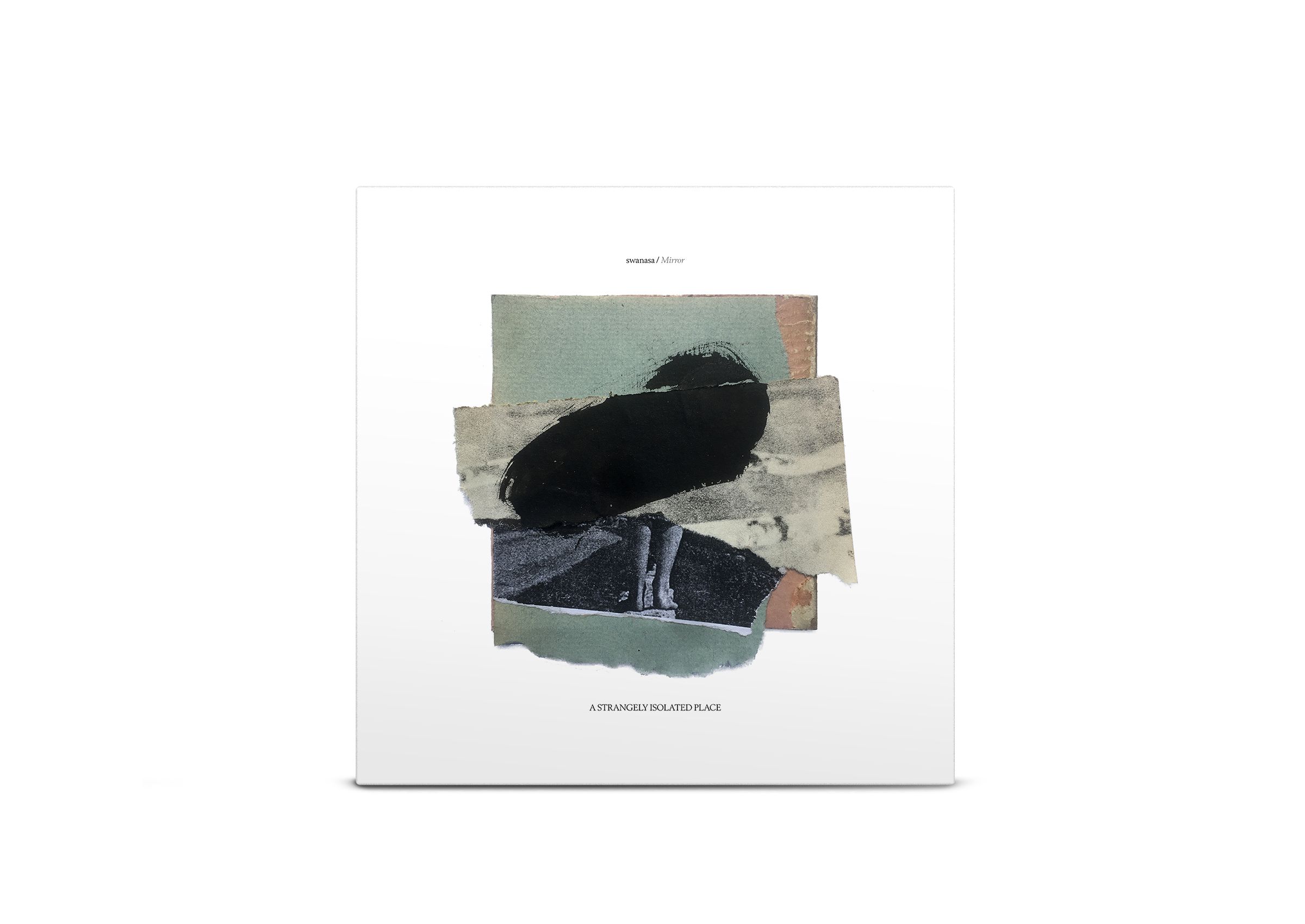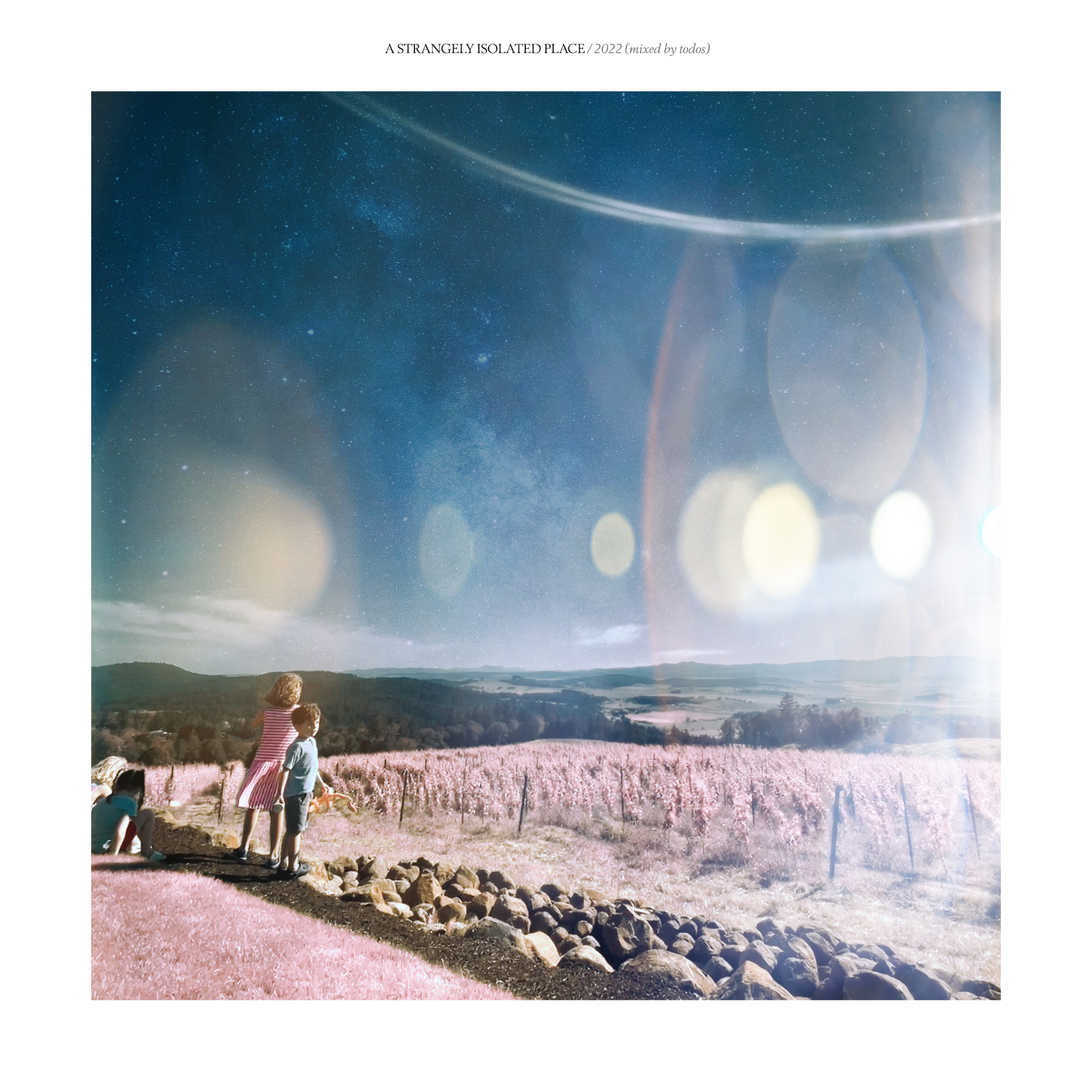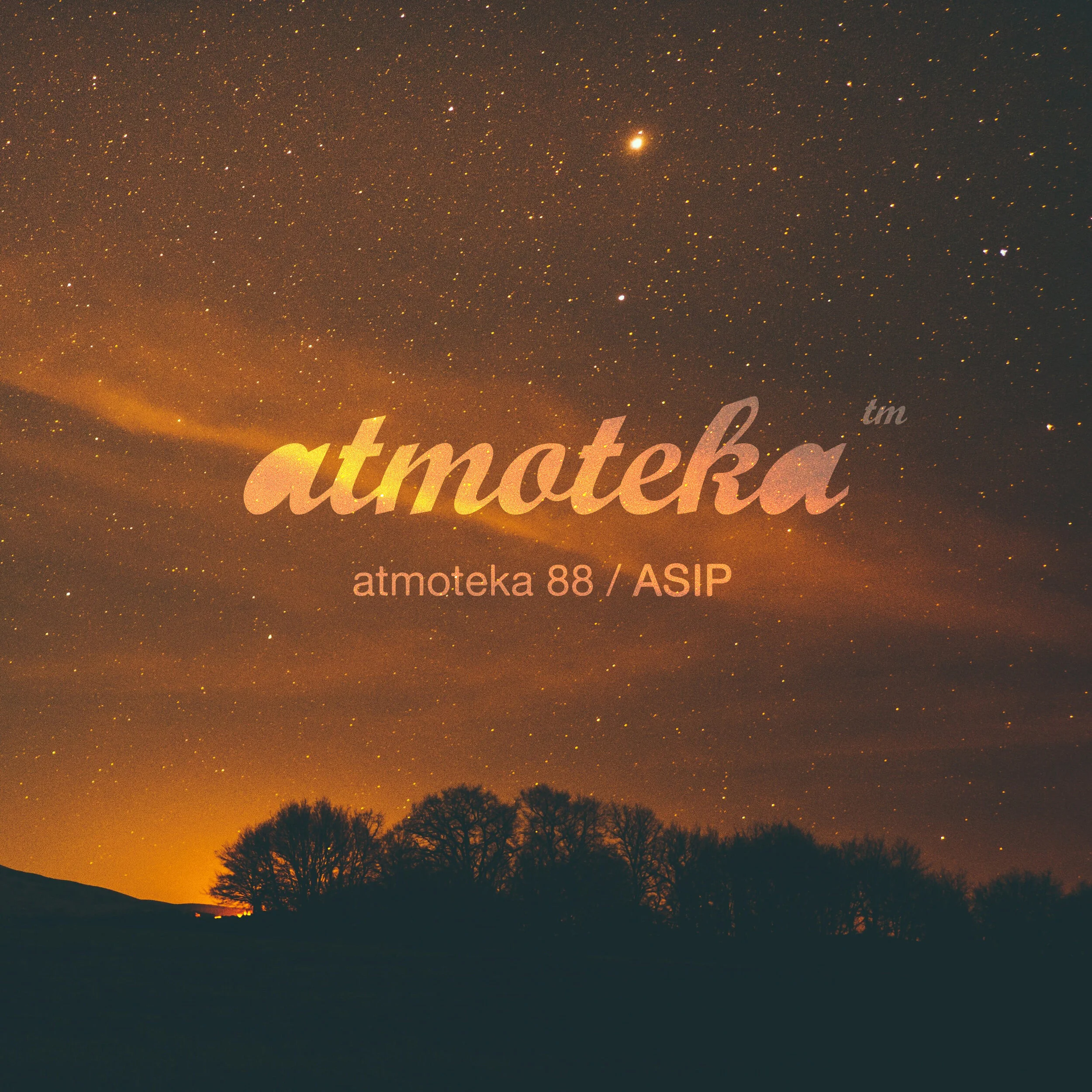ASIP: How do you react as a “DJ” during the session? How are you reading the client in the moment?
Matt: Like I said earlier, I call that part Psychedelic Soundtracking. It’s the live, real-time response to what’s unfolding in the room. It’s how I adjust the music and the energy of the setting based on how the client is showing up, through their words, their silence, or their emotional state.
I might sketch out a rough plan beforehand similar to filling my record box, but as we learned in traditional counseling, I try not to arrive with a fixed agenda. That kind of rigidity can pull you out of attunement. You might miss what’s actually happening in the moment. So I see it more like a choose-your-own-adventure book. The client’s experience shows us what page to turn to next, and I meet them there musically, just like we do on the dance floor.
ASIP: What are the emotional or energetic markers from beginning to end of your sessions, and how do you approach curating for those?
Matt: At the beginning, during what I call the “Hike”, or what others might call the onset, things are usually quiet and restful. The client is often meditating or simply lying still, waiting for the effects to come on. The music is subtle and grounding, the kind of sound that helps you settle in and feel safe, like you're approaching basecamp.
Then comes the “Climb,” which is where the medicine starts ramping up. This is when emotions begin bubbling up such as crying, laughing, yawning, trembling, shifting around. That’s when I start slowly increasing the energy, emotionality, or psychedelic quality of the music. But it’s not about pushing, it’s about supporting the rising effects and helping them make the climb toward the peak.
Next is the “Summit,” the peak. This is when the medicine is at full strength, and ego dissolution can happen. For some clients, it’s a storm of emotion. For others, it’s total stillness. Either way, I usually pull the music way back during this time. There’s a kind of reverence in that moment that I try to honor. The music becomes very spacious. I leave room for the imagination to soar.
After the peak, we enter the “Return,” or descent. This is when the medicine begins to lose strength and agency starts coming back online. Clients might begin to move again, process what just happened, or begin noticing what’s unfolding as they slowly return to their senses. The music reflects that with something melodic and comforting, often with a feeling of homecoming. This is a great phase for what I call “music for remembering.” It helps the client begin to make sense of what they just experienced.
ASIP: Can you explain the different types of music you use, and what mixtures or styles usually work best and what doesn’t?
Matt: Ah, the notorious genre question. Well, I’ve got a soft spot for the classics such as trippy electronic ambient from the ’90s chillout universe, modern neoclassical with lush synths, psychedelic downtempo, and a lot of expansive, cinematic soundscapes. But for me, it’s less about genre and more about emotion and visual enhancement. I lean into music that has emotional depth and visual texture. I need to feel it in my body and see it in my mind. It has to stir something, whether that’s ache, awe, release, or some associated memory.
One thing I’ve noticed — and this might surprise some of the more minor-chord–leaning dancefloor DJs out there — is that I often use major chords and melancholic sublimation in sessions. You can hear this approach in Psilocybin Therapy Protocol 1, which I describe more as “The Light.” This protocol is typically used in early sessions, especially with new clients. The music holds a tone of beauty, grace, and uplift, not in a naive or saccharine way, but in a way that gently invites the heart to open. It’s music that’s both sad and beautiful. Sublimative. It doesn’t deny pain, it transforms and resolves it.
This kind of music resonates with the core human paradox: the struggle and the gratitude of being alive at the same time. For many clients, especially early on, that emotional tone helps them soften into the experience. It creates a container where the nervous system can feel safe enough to let go. It’s the sound of surrender, not force.
On the other hand, Psilocybin Therapy Protocol 2, which I call “The Shadow,” leans into darker, heavier, more introspective psychedelic material with minor chords, tension, and the kind of raw emotionality that meets people deep in their grief, anger, regret, or trauma. These tracks are often used with experienced journeyers or when a client is ready to confront deeper material. It’s still intentional, it’s not “dark for the sake of dark”, but it meets the psyche where it’s at, and it creates a necessary counterbalance to the more major-leaning, sublimative compositions that I’ve found effective for therapeutic work.
What doesn’t work for me is dry “psy-muzak” that lacks energy or sizzle. Music should ignite the senses, spark curiosity, and take you somewhere unexpected. I avoid tracks that feel too safe or lack depth, intensity, or psychedelic flavor. I’m especially mindful of overly dark, twisted, or unnecessarily heavy beat-driven material (unless specifically requested), as it can easily overwhelm or distract in such an intimate, emotionally open therapeutic space. Keep in mind, this is all highly subjective.
At the end of the day, I’m not choosing music to impress a crowd, I’m choosing it to support the transformation of that audience of one that I previously mentioned. That inspires very different selections than what you’d hear in more underground circles. And that means trusting the emotion more than the genre.
ASIP: Can you share a track or a moment in a set that continues to resonate with you, something you’ve returned to again and again?
Matt: Yeah, a few come to mind from Audio Protocol 001. For the onset stage, “Take Me By The Hand (Awakened Souls – Acid Dream Version)” by 36 & Awakened Souls. Cynthia’s vocals and James’s 303 lines are just... divine! It hits that emotional place where people often start crying, not out of sadness, but from that deep inner shift that happens when the medicine starts to open the heart.
Then around the two-hour mark, often when a booster might be kicking in, I’ll bring in something like “Out (Poemme Remix)” by Ed Harrison or “Iliad” by Malibu. Those tracks are pure sublimation: sad but beautiful. They hold sorrow and hope in the same breath, and that kind of emotional container really helps people process what’s surfacing.
During the descent phase of Protocol 1, I mix “Expand” by Endless Melancholy with the ANNA remix of “Belfast” by Orbital. That pairing was originally inspired by a live session with a client years ago, and the reaction was incredibly powerful, it even brought me to tears. It still gives me chills to this day whenever a session calls for it. Together, those two tracks feel like a triumphant return, a kind of emotional homecoming. And that ANNA remix of Orbital’s classic Belfast really hits those “music for remembering” nostalgia buttons.
And that’s the goal, not just to bring someone back, but to bring them back home, with self-reflection, meaning, and celebration.
ASIP: There’s a lot of talk about “set and setting.” What do people often overlook when preparing for, or recovering from, a journey? What are people most surprised about?
Matt: The number one surprise is always how different the journey ends up being from what they expected. People say they have no expectations but of course they do. We all do. And then the medicine shows them something totally unexpected. Sometimes they’re shocked by how powerful it is. Other times, they’re amazed at how safe or courageous they feel when they assume they’d be terrified.
That’s always my favorite moment: when someone realizes they’ve reconnected with a part of themselves they forgot was even there. That’s the real magic.
In terms of preparation, a lot of people forget to start living the life they want on the other side. They wait for the journey to fix them. But I encourage clients to start having conversations with their future selves to ask, “What should I be doing now to get ready for who I’m becoming?” It’s like tending the garden before the rains come. You clear the weeds, loosen the soil, and plant the seeds of intention. Then the medicine knows where to land.
And then there’s the basic stuff: avoiding alcohol, stepping back from news and social media, doing breathwork, staying mindful. These small choices really do help the nervous system prepare to navigate the psychedelic space.
Post-journey, people often think the afterglow will last forever. It won’t. The high wears off. Life gets lifey again. That’s why integration is crucial. Psychedelics aren’t a fix. They plant seeds, but you still have to water them.
We go over all of this in the screening and prep sessions. The journey is just one part of the process, but it’s everything around it that makes it sustainable.
